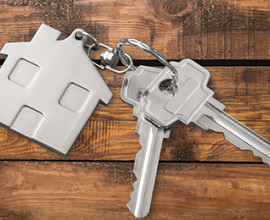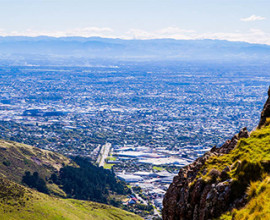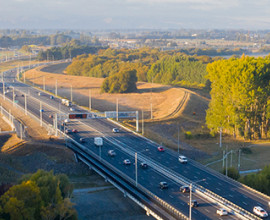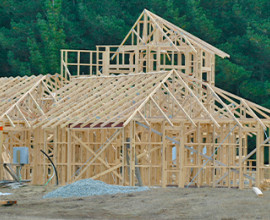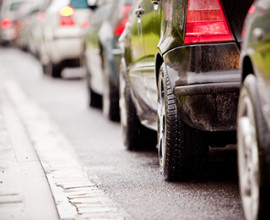Key urban development issues in Canterbury
We all want to live in thriving communities with good access to amenities and services. As the populations in our urban areas continue to grow and change, making sure they continue to function effectively and meet our needs is important.
Current challenges in our region
Sustainable growth
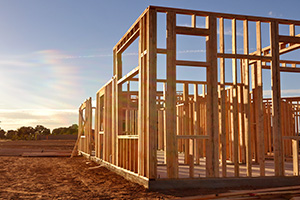
The region has experienced strong population growth in recent years. With this trend expected to continue, we can expect an increased need for housing in our urban areas. In the past, much of this new housing growth has been accommodated in greenfield developments on the outskirts of existing urban areas, leading to urban expansion.
While greenfield developments can provide much-needed housing on a large scale and at relatively affordable levels, this can be at the expense of highly productive farmland, which has issues for our ability to produce food. The outward expansion of our urban areas can also mean increased costs of infrastructure provision and maintenance.
Recent changes to the Resource Management Act have made it possible for much greater housing intensification in major urban centres across the country, including in Greater Christchurch. This increased intensification is intended to help with both housing supply and affordability issues, but may also impact the look and feel of our urban communities. It is important that diverse and affordable housing is enabled in our urban areas to support thriving neighbourhoods and communities.
Below you can see new dwellings consented per 1000 residents in the Canterbury region over the past decade.
After a period of relatively static growth in new dwelling consents across most councils within Canterbury, the current year has seen a growth in new dwelling building consents across all councils when compared to 2021/22. Selwyn District continues to have the highest number, with 23.1 new consents issued per 1000 residents in 2021/22, followed by the Mackenzie District with 15. Waimate District had the lowest at three per 1000 residents.
Transport
Integrated land use and transport planning helps create connected, safe, accessible, and liveable urban areas and communities in the region.
Providing reliable and frequent public transport services, along with making walking and cycling easier and more attractive, is critical for reducing our reliance on personal vehicles in our urban areas and therefore reducing the greenhouse gas emissions coming from our transport system.
Environment and climate change
Our natural environment has been modified and degraded over time as a result of urban development. There has been a significant loss of habitat and decline in indigenous biodiversity, and waterbodies and waterways have been physically altered and polluted. The restoration and enhancement of the natural environments in our urban areas is critical to enabling people to be more connected to nature and to support human health.
We also know that climate change will have an impact on all of us, but it will affect each place and community differently.
Reducing emissions and supporting communities to adapt to the effects of climate change is a key issue for our urban areas.
Air quality
 Our region's unique topography creates issues with air quality in winter. Inversion layers in the atmosphere trap smoke from wood fires, resulting in poor air quality and health impacts on our population, particularly in Rangiora, Kaiapoi, Christchurch, Ashburton, Geraldine, Waimate, Washdyke and Timaru.
Our region's unique topography creates issues with air quality in winter. Inversion layers in the atmosphere trap smoke from wood fires, resulting in poor air quality and health impacts on our population, particularly in Rangiora, Kaiapoi, Christchurch, Ashburton, Geraldine, Waimate, Washdyke and Timaru.
In addition, the quality and distribution of housing in urban areas impacts the contribution of home heating to the air quality. Improved thermal efficiency of homes means homes that are less reliant on burners to keep warm. Our air quality is also affected by transport emissions.


